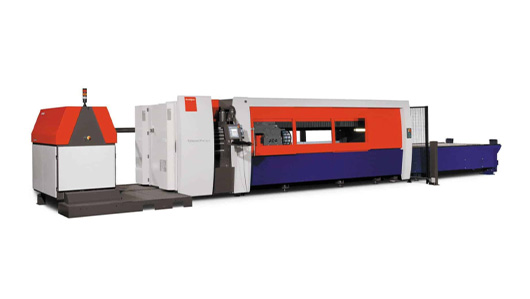What Is Laser Cutting?
Laser cutting is a technology that allows metals and some non-metallic materials to be cut with extreme precision when necessary. The laser beam diameter is typically between 0.1 mm and 0.3 mm with a power of 1-3 kW, the power is adjusted depending on the type of material being cut and the thickness of the material. To cut a reflective material such as aluminum, a laser power up to 6kW is needed.
Types of Laser Cutting
Depending on the application of the laser cutter, the choice of different gases is used with cutting. Co2 is typically used for general drilling, cutting, and scraping.
Types of Laser Cuts
If high-power laser pulses are used, neodymium (Nd) gas is required, and this installation is mainly associated with drilling. Neodymium yttrium-aluminum-garnet (Nd-YAG) is used for continuously high-power beam.
Gas-fired laser cutting uses an electric current through the gas that provides the laser with its own cutting properties, but this has recently been revised and RF energy is now preferred as this method does not require the use of electrodes such as DC current. These electrodes are susceptible to erosion
What Can Be Done with Laser Cutting?
Laser cutting can be cut from a wide range of materials, which can range from acrylic, wood, paper and foam cores to high carbon and stainless steels. Laser cutting is not optimal for metals such as aluminum and copper alloys because they have good heat conductive and light reflective properties. These materials require the use of a stronger laser. Laser cutters are usually best suited for thin materials of 12 mm, but they can also cut materials around 25 mm.
Advantages of Laser Cutting
- Since there is no real physical contact between the metal and the cutter, the contamination of materials decreases during laser cutting.
- A laser can focus on very small points and be controlled by computer with great precision. As with more traditional methods such as milling, there is no wear on a laser during cutting.
- When cutting with a laser, the probability of material bending decreases. Compared to laser plasma cutting, the laser creates only a small heat field.
- Laser cutting can save more energy compared to plasma cutting.
- No mechanical force is applied, so no physical damage occurs


